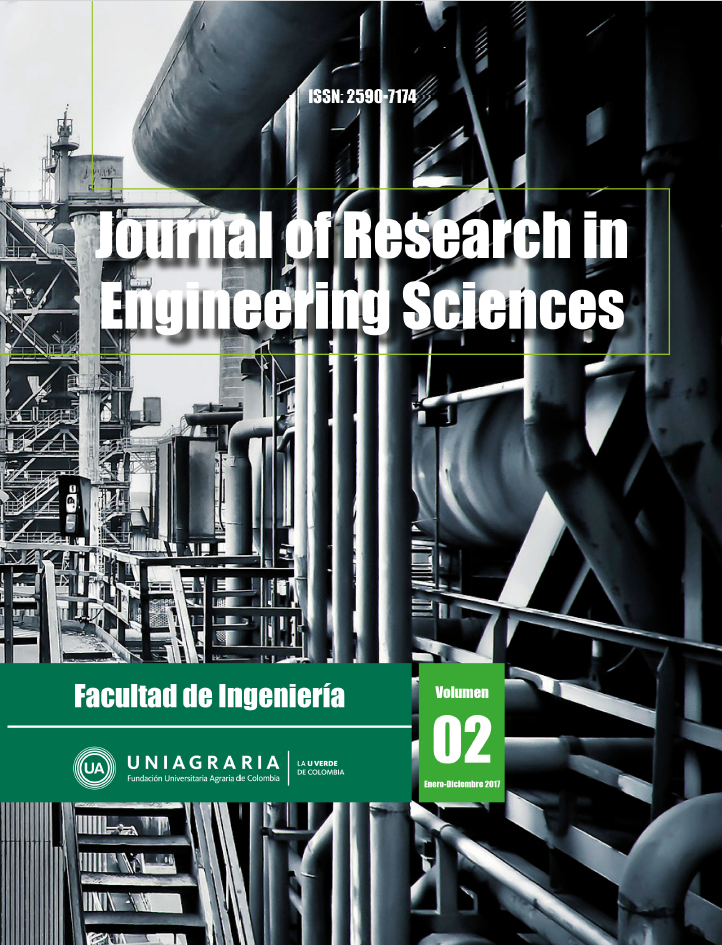Abstract
Osmotic dehydration (DO) is a postharvest handling technique, widely used for the conservation and transformation of agricultural products, it consists of extracting water from a food by subjecting it to a temporary immersion in a solution with a greater quantity of soluble solids, which generates an osmotic exchange between the food and the solution. The mango constitutes one of the tropical fruits with greater volumes of production in Colombia and the lack of ideas for its conservation and transformation; generates losses close to 5000 tons. In this investigation, the effect of the osmotic dehydration process (DO) of a solution of sucrose at 45 ° Brix on the physicochemical properties of the Creole varieties of mango heart and yarn after having been immersed in the osmotic solution for 133 h was evaluated. The fruits used were different degrees of maturity: 2 the mango heart and the mango yarn in a degree of maturity 4. During the DO process, the first 18 h presented the greatest water loss for the two varieties. However, the yarn handle showed greater water loss and higher solids gain. The similar behavior during the DO process between the varieties of mango criollas in comparison with the improved varieties, shows that the landraces have potential and competitive characteristics in the processes of transformation of the fruit. In the same way, agronomically the criollo varieties present better productive capacity since they are adapted to the conditions of the region.Downloads
Download data is not yet available.
